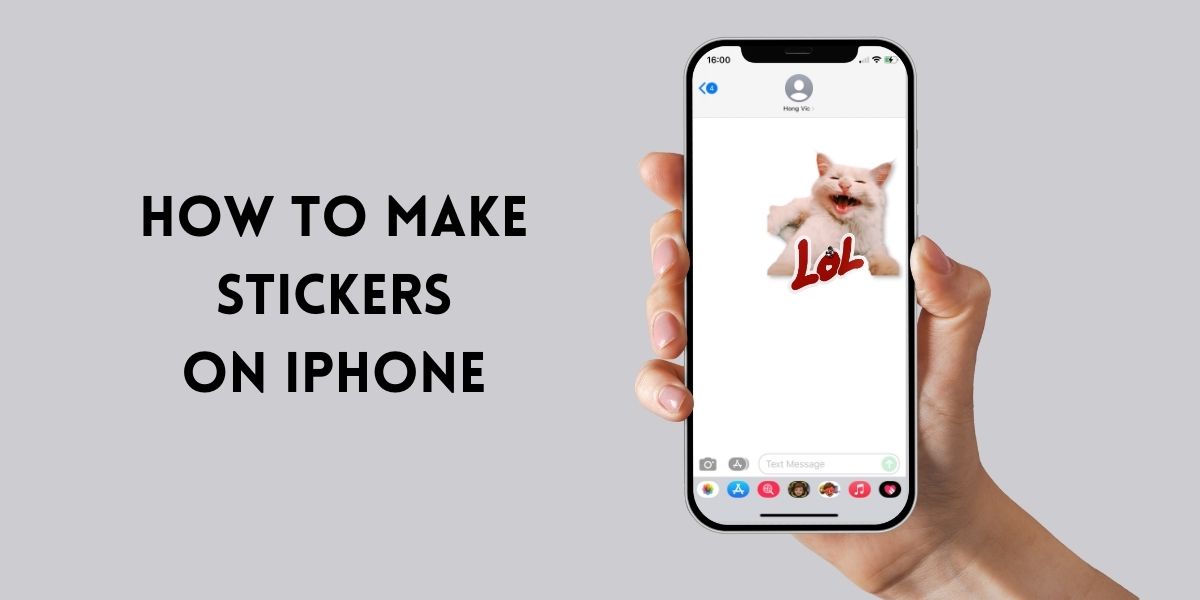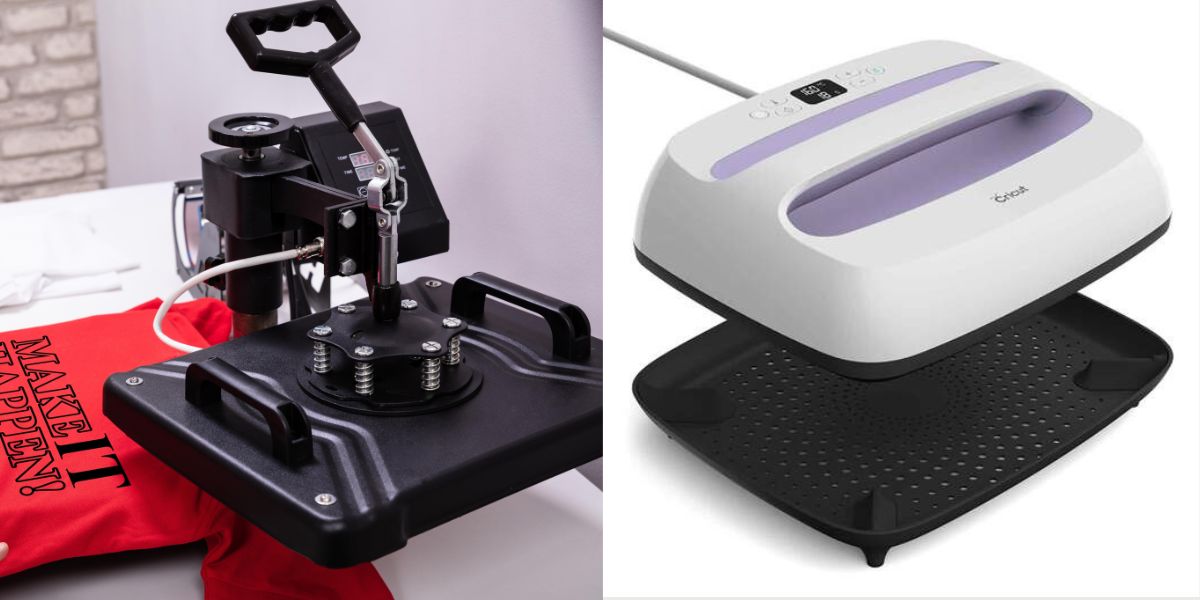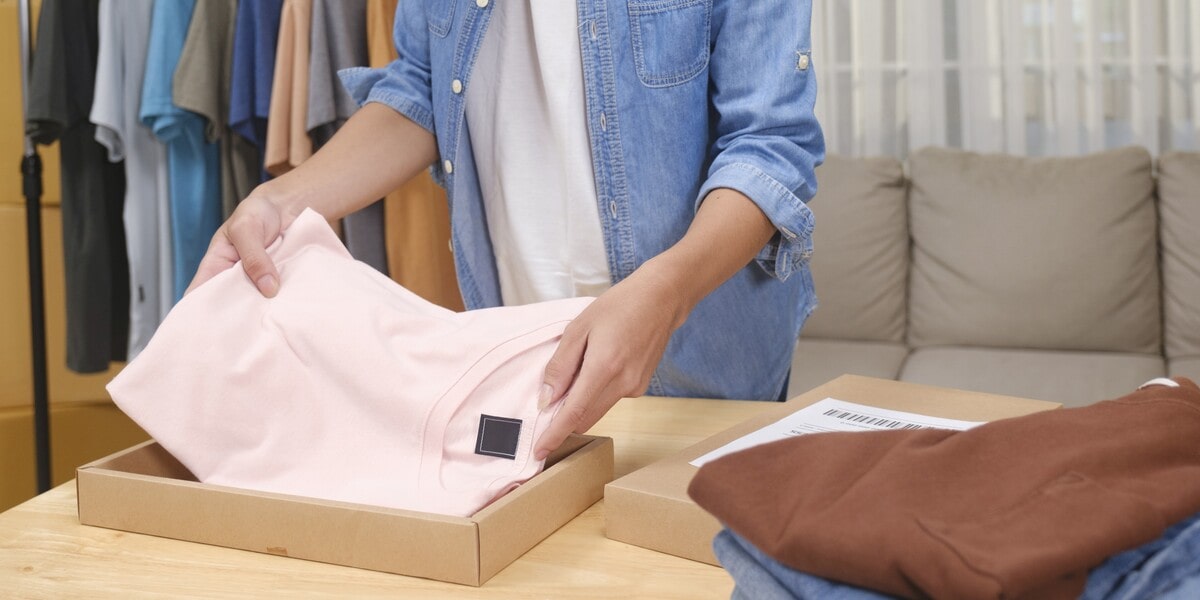
Blog
What are Epoxy stickers and the ultimate guide to use them
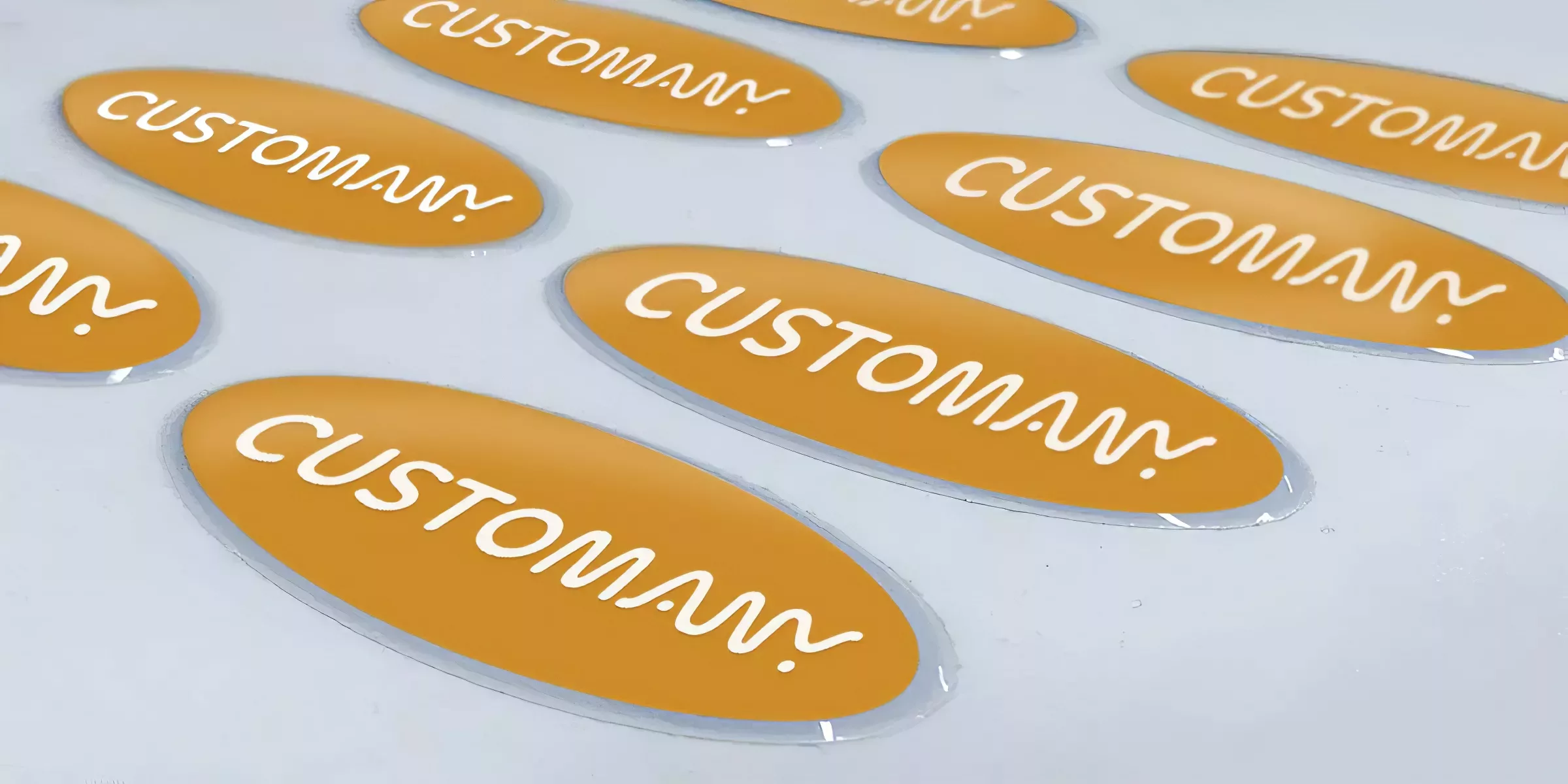
Epoxy stickers have become increasingly popular in recent years as a versatile and durable way to decorate and customize a wide range of items. Made from a combination of resin and hardener, these stickers come in with a smooth, durable, and long-lasting finish, thus they can withstand wear and tear over time. In this article, we’ll explore what epoxy stickers are, their unique features and advantages, and where you can use them to add a personalized touch to your belongings.
What are epoxy stickers?
Epoxy stickers are small, self-adhesive embellishments made by covering a printed design or image with a clear, durable resin called epoxy. The resin gives the sticker a 3D, domed appearance and provides protection for the design underneath.
Highlight features of Epoxy stickers
Epoxy stickers offer a range of unique and impressive features that make them stand out from other types of custom stickers. From their high-quality finish to their ability to create a 3D effect, epoxy stickers have a lot to offer. Here are some of the key highlight features of these versatile and durable stickers.
- 3D Appearance: Epoxy stickers have a domed, three-dimensional appearance that makes them stand out from traditional flat stickers. They provide a professional, high-quality look to any project, without the need for expensive equipment or materials.
- Durable: Epoxy stickers are made of a tough, clear resin that makes them resistant to water, scratches, and UV light, which means they can last a long time without fading or deteriorating.
- Decorative: These domed stickers are popular in the crafting and DIY communities for their ability to add a decorative element to a variety of items, such as scrapbooks, cards, journals, phone cases, laptops, and more.
- Cost-effective: They are a cost-effective way to add a professional, high-quality look to a project, without the need for expensive equipment or materials. They are also an affordable alternative to other types of custom printing or decoration methods.
- Easy to Apply: These custom stickers have a self-adhesive backing, which makes them easy to apply to a variety of surfaces without the need for additional adhesives or equipment.
- Customizable: Epoxy stickers can be made in various shapes and sizes, and can be customized with different designs, logos, or text, making them suitable for a wide range of applications and ideal for branding or promotional purposes.

Potential disadvantages of epoxy stickers
While epoxy stickers offer a range of advantages, there are also some potential disadvantages to consider when using these stickers. It’s important to understand their potential downsides before deciding whether they’re the right choice for your needs.
- Limited Heat Resistance: Epoxy stickers can become distorted or damaged if exposed to high temperatures, which makes them unsuitable for certain applications, such as on items that will be frequently exposed to heat, including kitchen utensils or automotive parts.
- Not Recyclable: Epoxy cannot be recycled due to the adhesive and resin materials used in their construction. This means that they may contribute to waste and environmental concerns.
- Limited Adhesive Strength: While these stickers have a self-adhesive backing, the adhesive may not be strong enough to adhere to certain surfaces, such as porous or uneven materials, without additional adhesives.
- Long Production Time: The production of epoxy decals and stickers can be time-consuming, as it involves a multi-step process of printing, cutting, and applying the epoxy resin, which may not be ideal for time-sensitive projects.
- Limited Color Options: These custom 3D stickers may have limited color options compared to other printing methods, as the epoxy resin may alter the colors slightly, or the printing process may be limited to certain colors.
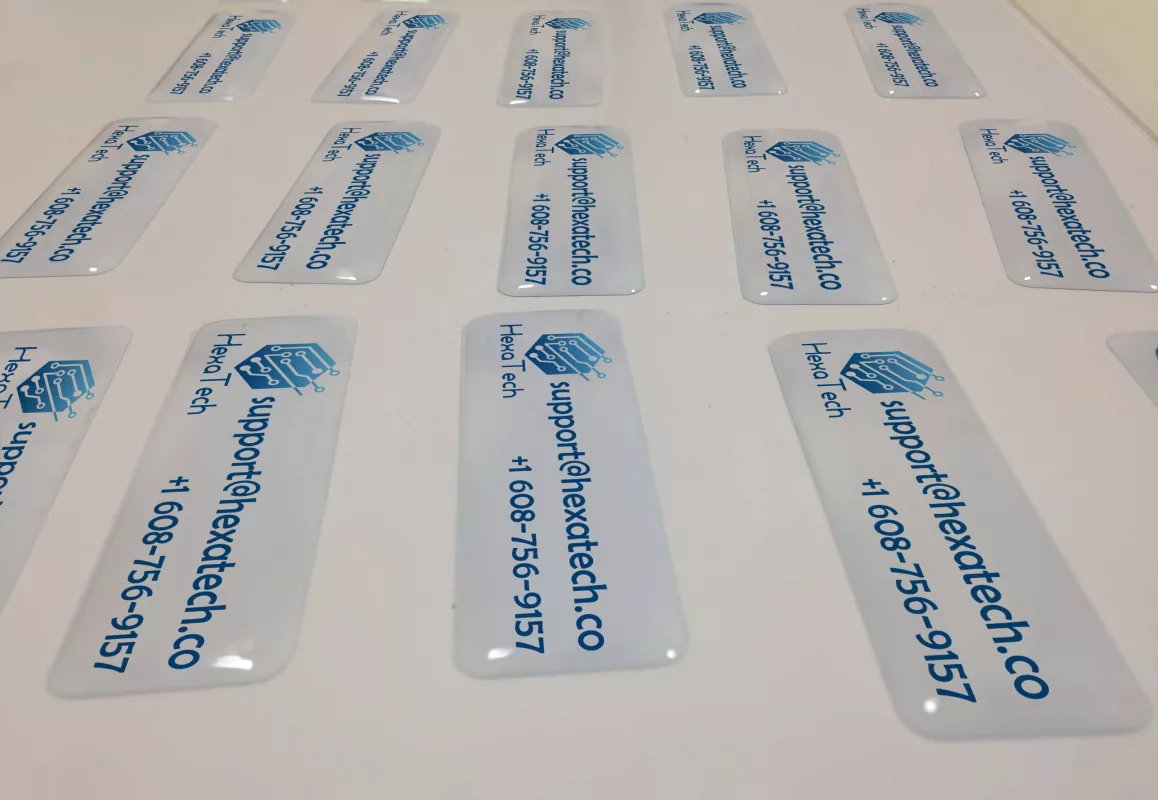
The potential disadvantages of epoxy stickers may outweigh your benefits in some cases, so it’s important to consider these potential disadvantages when choosing a decoration or branding method for your project.
What are 3D epoxy stickers used for?
3D epoxy stickers are used for a wide range of applications, including:
- Branding: 3D epoxy stickers can be customized with logos or branding elements and applied to products, packaging, or promotional materials to enhance brand recognition and create a professional look.
- Decoration: 3D stickers custom are used to add a decorative element to a variety of items, such as phone cases, laptops, notebooks, scrapbooks, and more.
- Identification: Epoxy stickers can be used to label or identify products, equipment, or tools, making it easy to distinguish between different items or components.
- Security: They can be used as security features, such as holographic or tamper-evident stickers, to protect against counterfeiting or unauthorized access.
- Gift or Souvenir: 3D epoxy stickers can be used as personalized gifts or souvenirs, with custom designs or text to commemorate a special event or occasion.
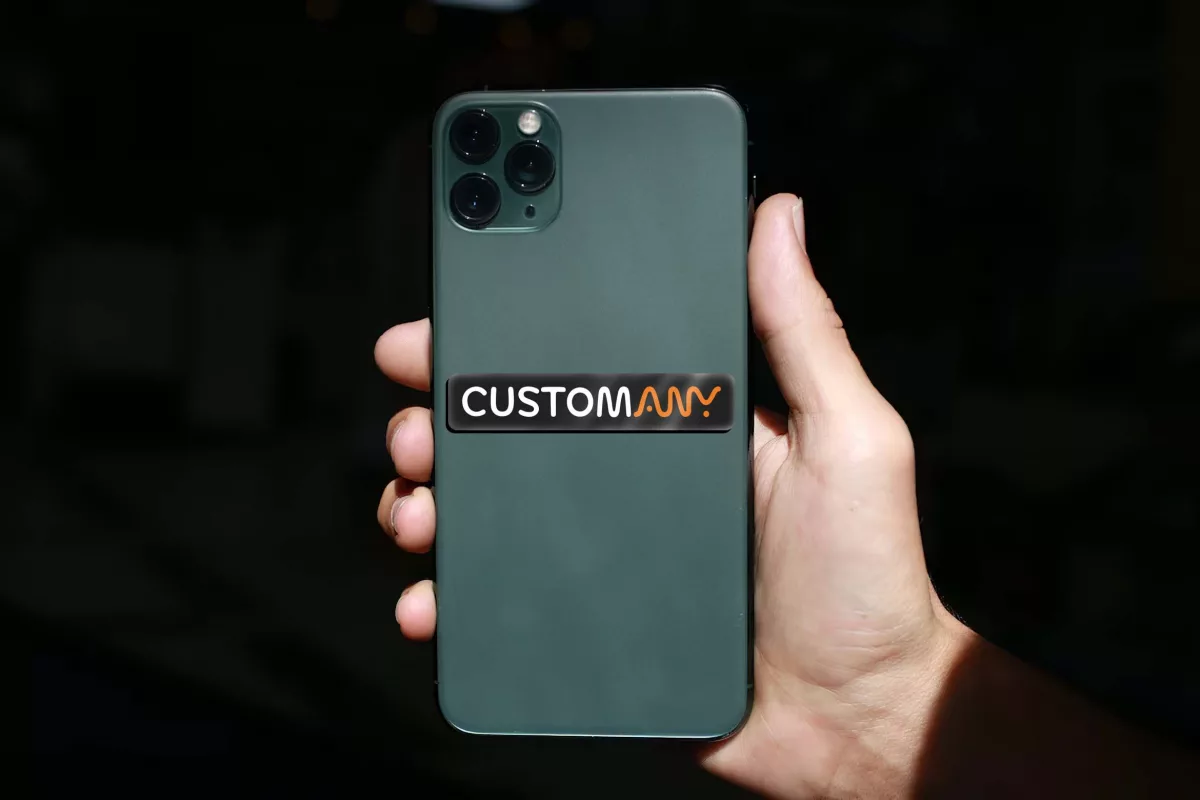
How to make 3D epoxy stickers?
Making 3D epoxy stickers can be a fun and creative project that allows you to customize your own stickers for a range of purposes. Let’s take a closer look at the step-by-step process for making your own 3D epoxy stickers.
- Design: Create the design for your sticker using graphic design software, ensuring that it is suitable for a 3D effect. Consider the size and shape of the sticker, as well as the colors and details.
- Print: Print the design onto a vinyl sheet using a high-quality printer. Make sure to use a waterproof and fade-resistant ink.
- Cut: Cut out the design using a cutting machine or a craft knife, ensuring that it is the right shape and size for the sticker.
- Dome: Apply a clear, two-part epoxy resin to the sticker, using a syringe or pipette to control the amount. Be sure to apply it evenly and avoid air bubbles. The resin will self-level and create a 3D dome effect.
- Cure: Allow the epoxy resin to cure and harden, following the manufacturer’s instructions. This may take several hours or days depending on the type of resin used. Peel: Peel off the backing paper from the sticker and trim any excess resin around the edges, using a craft knife or scissors.
- Apply: Apply the 3D epoxy sticker to the desired surface, making sure it is smooth and free from dust or debris.
Making 3D epoxy stickers requires some specialized equipment and materials, but can be a fun and rewarding DIY project for crafters and hobbyists. It’s important to follow safety precautions when working with epoxy resin, such as wearing gloves and working in a well-ventilated area.
Epoxy stickers FAQs:
Are epoxy stickers waterproof?
Yes, epoxy stickers are generally waterproof. Epoxy is a type of resin that is highly resistant to water and moisture, which makes it a popular choice for applications where waterproofing is important. When applied to a sticker, the epoxy resin creates a protective layer that prevents water from penetrating the design or text printed on the sticker. This makes them ideal for use on items that will be exposed to water or other liquids, such as water bottles, coolers, or outdoor equipment.
However, it’s important to note that some factors, such as the quality of the adhesive used, can affect the water resistance of the sticker. It’s always best to check the manufacturer’s specifications to ensure that the sticker is suitable for your intended use.
How long does epoxy on stickers last?
The lifespan of epoxy can vary depending on a variety of factors, such as the type of epoxy used, the application method, and the conditions it is exposed to. In general, most epoxy products have a shelf life of around 1-2 years when stored properly, meaning in a cool, dry place away from direct sunlight.
Do epoxy stickers break easily?
Epoxy is generally a very strong and durable material that is resistant to cracking, chipping, or breaking under normal use. When properly cured, epoxy forms a hard, solid surface that can withstand a wide range of stresses and impacts.
However, like any material, epoxy stickers can be damaged or broken under certain conditions. For example, if the surface of the sticker is exposed to extreme temperatures, such as freezing or boiling, the epoxy may become brittle and more prone to cracking or breaking. Similarly, if the surface or item is exposed to heavy impacts or high levels of stress, such as dropping a heavy object on it, the epoxy may crack or chip.
Can we epoxy over regular stickers?
It is possible to epoxy over regular stickers, but the success of the application will depend on several factors.
Firstly, it’s important to consider the quality of the adhesive used on the sticker. If the adhesive is not strong enough, it may not hold up to the weight of the epoxy and could cause the sticker to peel or lift.
Secondly, the surface of the sticker should be clean, dry, and free of any debris or oils. Any dirt or oils on the surface can interfere with the adhesion of the epoxy, resulting in a weaker bond.
If the sticker and surface meet these criteria, then it is possible to apply epoxy over the sticker. However, it’s important to note that the epoxy may slightly change the appearance of the sticker, depending on its transparency and thickness.
How can we epoxy over regular stickers?
To apply epoxy over the sticker, mix the two parts of the epoxy according to the manufacturer’s instructions and pour a small amount onto the center of the sticker. Use a brush or spatula to spread the epoxy evenly over the surface, being careful not to apply too much in one area. Allow the epoxy to cure according to the manufacturer’s instructions before handling or using the sticker.
Do epoxy stickers yellow?
The epoxy can yellow over time, especially when exposed to sunlight or UV radiation. This is because the epoxy resin used to create the stickers can be sensitive to UV radiation, which can cause it to break down and discolor over time.
However, the degree to which epoxy stickers yellow can vary depending on a number of factors, such as the quality of the epoxy resin, the thickness of the epoxy coating, and the amount of UV exposure.
To minimize yellowing, it’s important to use a high-quality epoxy resin that is formulated to resist UV radiation, and to avoid exposing the stickers to direct sunlight or other sources of UV radiation for extended periods of time. Additionally, storing the stickers in a cool, dark place can help to slow down the yellowing process.
If you notice that your 3D stickers are starting to yellow, you may be able to restore their original color by gently cleaning them with a mild soap and warm water. However, if the yellowing is severe or the stickers have become brittle or cracked, they may need to be replaced.
Conclusion
Epoxy stickers are an excellent choice for anyone looking to add a durable and attractive decorative element to their belongings. Whether you’re customizing your phone case, creating promotional items for your business, or making unique gifts for friends and family, they offer a high-quality finish and long-lasting durability that make them a popular choice. By understanding the unique features and advantages of epoxy stickers, you can choose the right type and style for your needs and enjoy the benefits of this versatile and fun product.






